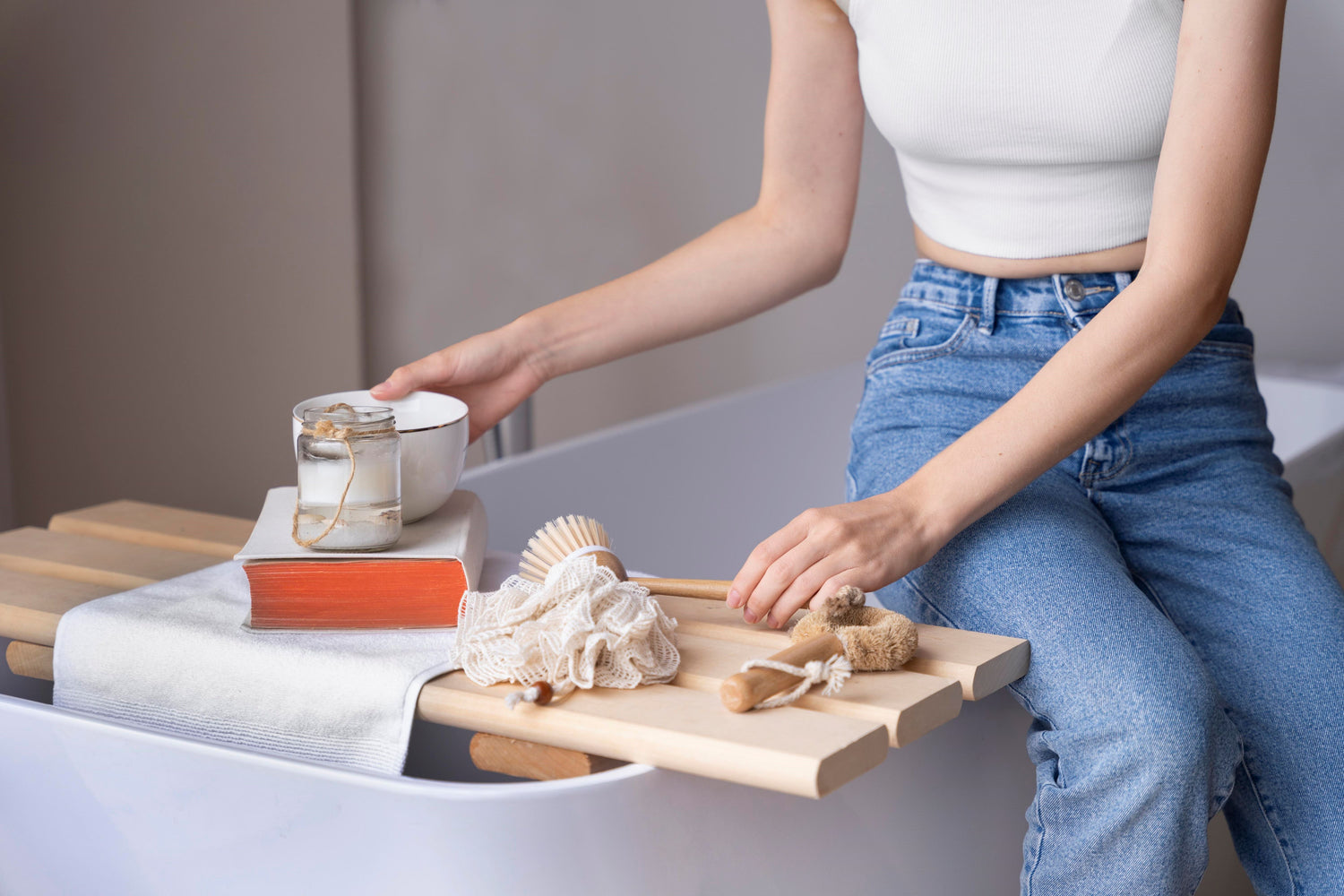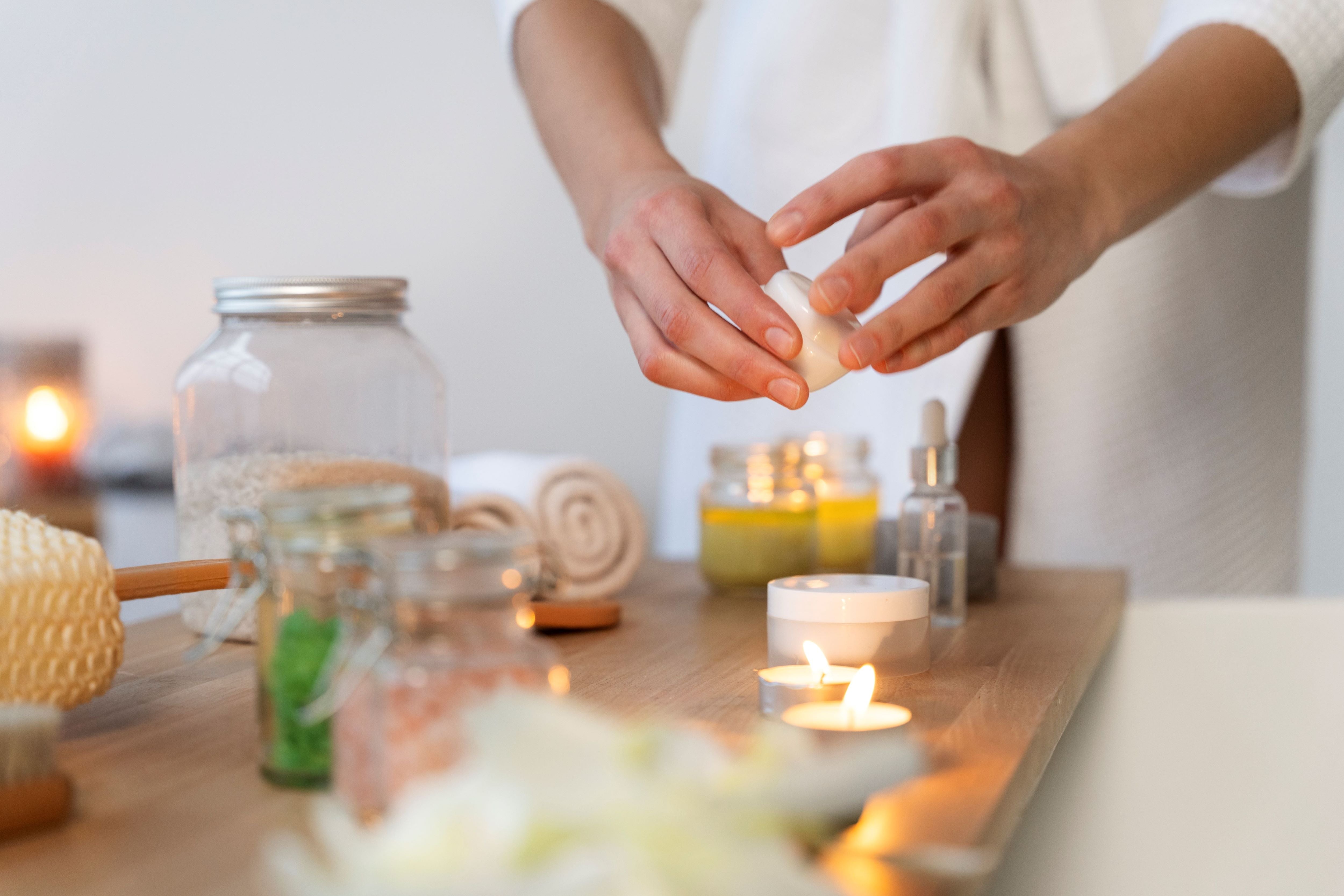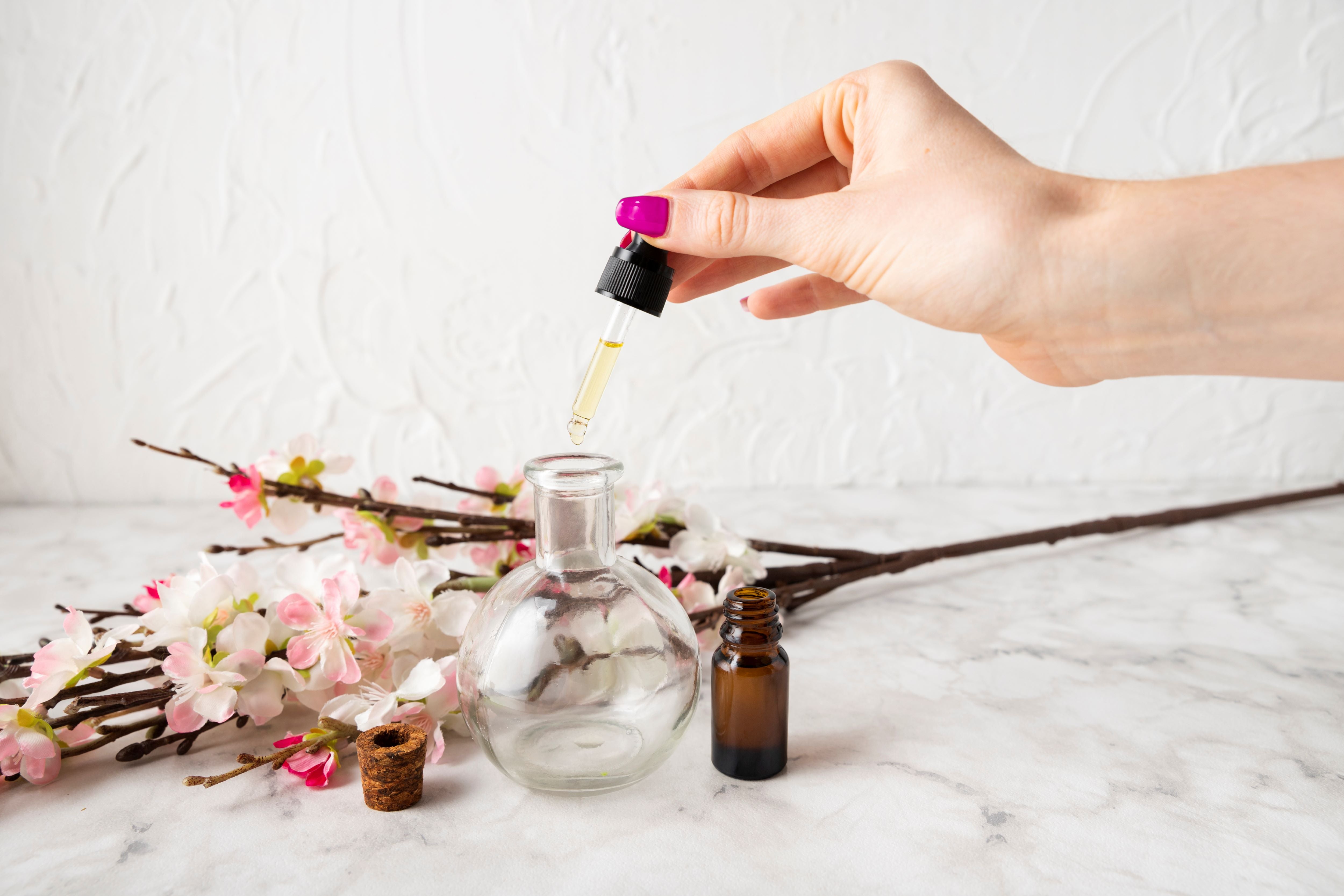Exploring Fragrance Families: Understanding the Building Blocks of Perfume Creation
Perfume is more than just a pleasant aroma—it's an intricate composition of various elements that work together to create a unique olfactory experience. The art of perfume creation involves mastering these elements, with fragrance families serving as the fundamental building blocks. Whether you're curious about how to create perfume or interested in understanding the science behind it, this guide will walk you through the key concepts that make up the world of fragrance.
The Importance of Fragrance Families in Perfume Creation
Fragrance families are essential categories that group scents based on their dominant characteristics. These families act as a framework for creating perfumes, allowing perfumers to blend different notes harmoniously. By understanding the different fragrance family groups, you can better appreciate how perfumes are crafted and even embark on your own journey of perfume creation.

What Are Fragrance Families?
A fragrance family refers to a classification system used to organize perfumes based on the similarities in their scent profiles. Perfumes are complex compositions made up of top, middle, and base notes, and each of these notes can belong to a specific fragrance family. There are several main families of fragrance, and each offers a different sensory experience. Some of the most well-known fragrance families include:
-
Floral
The floral fragrance family is one of the most popular and versatile categories. These perfumes highlight the natural beauty of flowers like rose, jasmine, and lily. Floral scents are typically soft, romantic, and feminine, making them a common choice for everyday wear. -
Oriental
Known for their warm and spicy notes, oriental fragrance families often incorporate ingredients like amber, vanilla, and musk. These perfumes are rich and exotic, offering a sense of mystery and sensuality.
For instance, Oriental Fem Oud - Versace Oud Oriental Pour Femme is a perfect example of how oriental fragrance families blend rich, spicy notes with floral and woody undertones to create a luxurious, sensual experience. This type of scent showcases the beauty of combining different fragrance families to produce a multidimensional perfume.
-
Woody
The woody fragrance family includes earthy, grounding scents like sandalwood, cedar, and vetiver. These perfumes evoke a sense of nature and can range from dry and smoky to warm and sweet. -
Fresh
Fresh fragrances are clean, crisp, and often inspired by natural elements like citrus fruits, green leaves, and aquatic notes. This aromatic fragrance family is perfect for those seeking invigorating and energizing scents. -
Gourmand
The gourmand fragrance family is characterized by sweet, edible notes like vanilla, caramel, and chocolate. These perfumes are deliciously indulgent and often evoke memories of comfort and warmth.
How Fragrance Families Influence Perfume Creation
Understanding fragrance families is crucial for creating a perfume that is balanced and pleasing to the senses. Perfumers use these families as a guide to blend top, middle, and base notes in a way that creates harmony within the fragrance.
For example, a perfumer might choose to combine floral top notes with woody base notes to add depth and complexity. By mixing elements from different fragrance family groups, they can craft a unique scent that evolves over time, revealing new layers as the perfume settles on the skin.
The Perfume Creation Process
The perfume creation process is both an art and a science, requiring a deep understanding of how different notes interact with each other. When learning how to create a perfume, it's important to familiarize yourself with the steps involved in bringing a fragrance to life:
-
Concept Development
Every perfume begins with an idea or inspiration. This could be a specific mood, memory, or even a person. The perfumer then decides which fragrance families will best represent that concept. For example, if the goal is to create a perfume that evokes a summer day, they might choose fresh citrus notes from the fresh fragrance family combined with floral undertones. -
Selecting Ingredients
Once the concept is established, the next step is choosing the individual ingredients—or notes—that will make up the perfume. These notes are typically categorized into top, middle, and base layers, with each note playing a different role in the overall scent. The perfumer draws from various fragrance families to select ingredients that complement one another. -
Blending the Notes
Blending is the heart of the perfume creation experience. The perfumer carefully measures and mixes the chosen notes, experimenting with different proportions to achieve the desired result. This stage often involves numerous trials and adjustments, as the balance between top, middle, and base notes must be perfect for the scent to be harmonious. -
Aging the Perfume
After blending, the perfume is left to age. This allows the ingredients to meld together, creating a smoother and more unified fragrance. During this phase, the scent can change, and further adjustments may be made to fine-tune the balance. -
Finalizing and Bottling
Once the perfume has aged and any necessary adjustments have been made, it is ready to be bottled. At this stage, the beauty creation perfume is complete and ready for the market.
The Role of Fragrance Families in Modern Perfume Creation
While the concept of fragrance families has been around for centuries, modern perfumers are constantly pushing the boundaries by blending scents in new and innovative ways. Today, it's not uncommon to find perfumes that combine seemingly opposite fragrance family groups, such as fresh citrus notes with warm oriental spices or sweet gourmand elements with woody undertones.
This evolution in creating perfumes allows for endless possibilities, making the world of perfume more diverse and exciting than ever before. Whether you're a professional perfumer or simply a fragrance enthusiast, understanding the role of fragrance families can deepen your appreciation for the art of perfume creation.

Creating Your Own Perfume: Tips and Tricks
If you're interested in creating a perfume at home, here are a few tips to help you get started:
- Start with a Concept: Decide on the mood or feeling you want your perfume to evoke. This will help guide your choice of fragrance families.
- Choose a Balance of Notes: Select top, middle, and base notes from different fragrance families to create depth and complexity. For example, you could combine citrus top notes with floral middle notes and woody base notes.
- Experiment and Adjust: Blending perfume is all about experimentation. Don't be afraid to try different combinations and tweak the proportions until you find the perfect balance.
- Let it Age: Allow your perfume to age for a few weeks before making any final adjustments. This will give the notes time to meld together.
Conclusion: The Art of Perfume Creation
The process of creating perfumes is a delicate blend of creativity, knowledge, and craftsmanship. By understanding fragrance families and how they work together, you can gain a deeper appreciation for the complexity involved in perfume creation. Whether you're exploring this art form through a perfume creation workshop or trying to create a perfume at home, the journey is both enriching and rewarding.
Fragrance is a deeply personal experience, and the ability to craft your own scent is a powerful way to express individuality. So, the next time you apply your favorite perfume, take a moment to appreciate the intricate balance of notes and the artistry behind its creation. Understanding the building blocks of fragrance families opens up a world of possibilities, giving you the tools to create a perfume that truly reflects your unique style and personality.



